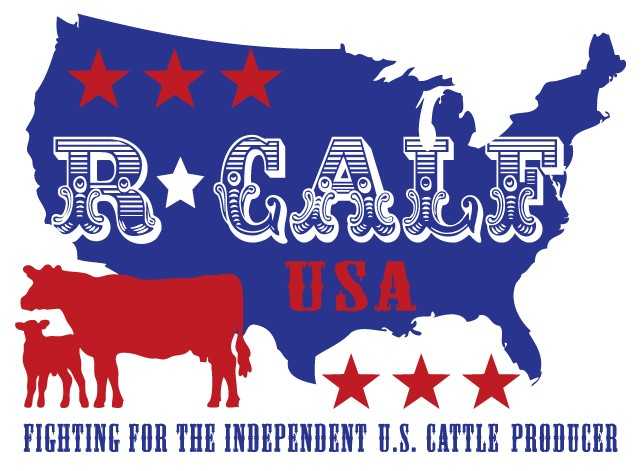![]()

Commentary by Bill Bullard, CEO, R-CALF USA
Turn the clock back three decades and we’ll be in 1993, the year before the United States jumped headlong into the globalization swamp. Back then the beef carcasses derived from imported cattle made up about 49 percent of total beef imports; fresh, chilled and frozen boneless beef comprised about 40 percent of the total import mix.
Now this fresh, chilled and frozen boneless beef category is where you find the lean grinding product the multinational beef packers use to mix with the high-quality trim produced by our grain fed steers and heifers to make ground beef for our fast-food restaurants.
The rest of the beef import mix included offal, tongues and livers that comprised about 1 percent of the mix; and imported carcasses, bone-in beef, processed beef and cured beef made up the remaining 9 percent or so of total beef imports.
Let’s break this down because for three decades the beef industry has told America’s cattle farmers and ranchers that the vast majority of imports are a lean grinding product that is needed to mix with our high-quality trim.
But this simply isn’t true. The beef derived from the 1.2 million Canadian cattle imported in 1993 certainly didn’t produce much lean grinding product. Those cattle are very similar to U.S. cattle. And the 1.2 million imported Mexican cattle back then were grazed and fed like U.S. cattle after their arrival, so they weren’t a significant source of the lean grinding product either.
Now wait a minute, it is the beef industry that has long told cattle producers that they raise beef, not cattle. And yet it is the entire beef complex that pretends beef from imported cattle is not imported beef. We cannot have a serious discussion about trade without including the beef derived from both imported and exported cattle.
I think Americans are also surprised to learn that we imported over 45 million pounds of offal, livers and tongues back then, particularly since the beef industry has persistently stated that we export what we don’t consume much of here while primarily importing that lean grinding product.
And so three decades ago, no more than about 40 percent of total beef imports consisted of the often-touted lean grinding product.
Now let’s jump ahead to today or at least to last year. Total beef imports have now increased over 30 percent since 1993, and last year the beef carcasses derived from imported cattle made up about 36 percent of total beef imports; fresh, chilled and frozen boneless beef comprised about 51 percent of the total import mix (but not all of it is the lean grinding product); offal, tongues and livers now comprise about 3 percent of the mix; and imported carcasses, bone-in beef, processed beef and cured beef made up the remaining 10 percent or so of total beef imports.
It’s interesting how, in just three decades, the U.S. has tripled the amount of offal, livers and tongues it imports from around the world (it’s now at about 154 million pounds), particularly since the beef checkoff program continues to tout the benefits to U.S. cattle producers of exporting these less desirable products that we produce an abundance of here.
You see, the beef checkoff program says this: “There’s very minimal demand for beef variety meats like tongue, lips, liver, heart, kidney, stomach and intestine here in the U.S. Still, across the world, international consumers are eager to get their hands on these U.S. beef products – and they’re willing to pay a premium for them.”
And a major beef checkoff contractor, the U.S. Meat Export Federation, stated further that, “The average import value paid by Japan last year for U.S. beef tongues was $6.82 per pound – a tremendous premium over the domestic market or any other international destination. And that increases the value of U.S. cattle across the board.”
So why, pray tell, did the U.S. import over 3.1 million pounds of tongues last year if there’s very little demand for them here but worth $6.82 per pound elsewhere…in fact, at a total value of over $21 million elsewhere?
Do you suppose the multinational beef packers are selling these imported tongues to Japan and elsewhere as U.S. beef products without any benefit flowing to “U.S. cattle across the board”?
You might want to ask your members of Congress why your government-mandated beef checkoff dollars are being used to promote the importation of foreign beef products for which there is very minimal demand here, and which, at best, increases the supply and reduces the value of the products you produce here.
And while you’re talking to your Congressional members, ask them to put a meaningful tariff on the nearly 2 million head of imported live cattle that are displacing opportunities for American cattle farmers and ranchers to profitably produce more calves, adding to the supplies of beef in the domestic supply chain, contributing to the rapid decline of America’s beef cattle operations, reducing opportunities for aspiring farmers and ranchers, and contributing to the hollowing out of Rural America.
